Roy Villevoye (1960, Maastricht) studied at the Rijksakademie van beeldende kunsten, Amsterdam, where he also currently works as an advisor. In the late 1980s he was assistant to Sol LeWitt.
After a succesful career as a painter in that period, he started following a new artistic course. Especially since 1992 when he began to travel frequently outside Europe, mostly to Papua, the former Dutch New Guinea. From then on his regular stays with the Asmat people inspired him to create a variety of works – first paintings, gradually also photographs and works in other media – about colour, cultural codification and identity.
His work has gradually developed as a testimony of -sometimes uncomfortable- encounters and dialogue between two asynchronous cultures, beyond the simplified scheme of progress, the primitive and the mythical and the conventional assessment of values and manners. It reflects the interdependence and complexity of these interactions. This is also a motive in a number of the films he has been making since 1998, often in collaboration with Jan Dietvorst.
He works in Amsterdam.
Roy Villevoye (NL 1960) bezoekt regelmatig de Asmat Papoea’s. De T-shirts die door Villevoye als cadeau waren meegenomen zijn op uitzonderlijke wijze door de Papoea’s bewerkt. Alle getoonde T-shirts zijn authentiek en zonder tussenkomst van Villevoye voor eigen gebruik door de Papoea’s vervaardigd.
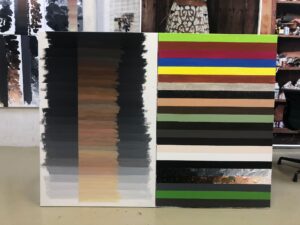 Roy Villevoye_Colours I Like # 2 (dyptich), 2021
Roy Villevoye_Colours I Like # 2 (dyptich), 2021
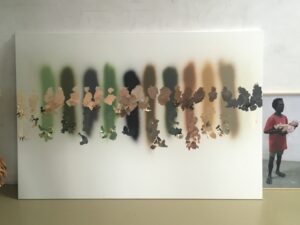 Roy Villevoye
Know How # 2 (from the series: Camouflage and Skin Colour Simulations), 1991/1992
Olieverf en huidkleur schminck op geprepareerd linnen.
150 x 220 cm
Roy Villevoye
Know How # 2 (from the series: Camouflage and Skin Colour Simulations), 1991/1992
Olieverf en huidkleur schminck op geprepareerd linnen.
150 x 220 cm
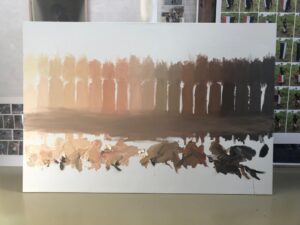 Roy Villevoye
paint makeup body
soul
1990
Roy Villevoye
paint makeup body
soul
1990
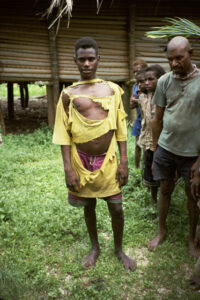 Roy Villevoye
Red Calico 1998 - 2000
Roy Villevoye
Red Calico 1998 - 2000
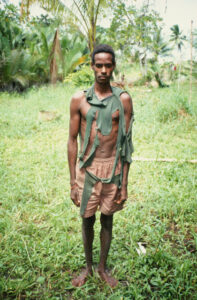 Roy Villevoye,
Red Calico 1998 - 2000
Roy Villevoye,
Red Calico 1998 - 2000
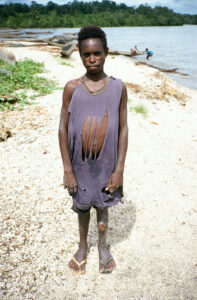 Roy Villevoye
Red Calico 1998 - 2000
Roy Villevoye
Red Calico 1998 - 2000
 Roy Villevoye
Red Calico 1998 - 2000
Roy Villevoye
Red Calico 1998 - 2000
 Roy Villevoye
Installation view: Museum Boijmans Van Beuningen, Rotterdam, 2008 , NL
Roy Villevoye
Installation view: Museum Boijmans Van Beuningen, Rotterdam, 2008 , NL
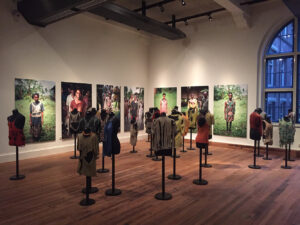 Roy Villevoye
installation view: Tropenmuseum, Amsterdam, NL
Roy Villevoye
installation view: Tropenmuseum, Amsterdam, NL
 Roy Villevoye
publication: Intruders: Reflections on Art and the Ethnological Museum, 2004
collection: Museum Volkenkunde, Leiden, NL
Roy Villevoye
publication: Intruders: Reflections on Art and the Ethnological Museum, 2004
collection: Museum Volkenkunde, Leiden, NL









